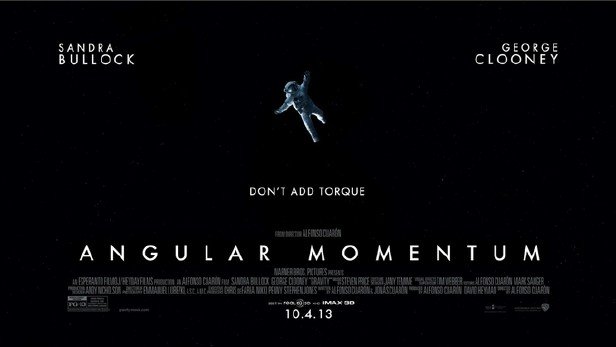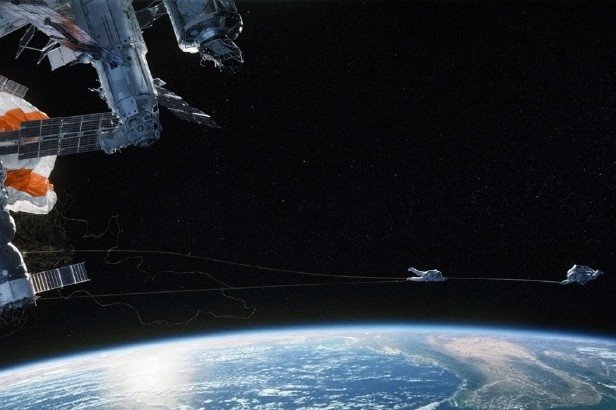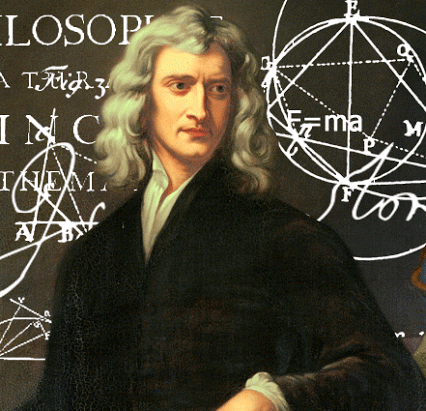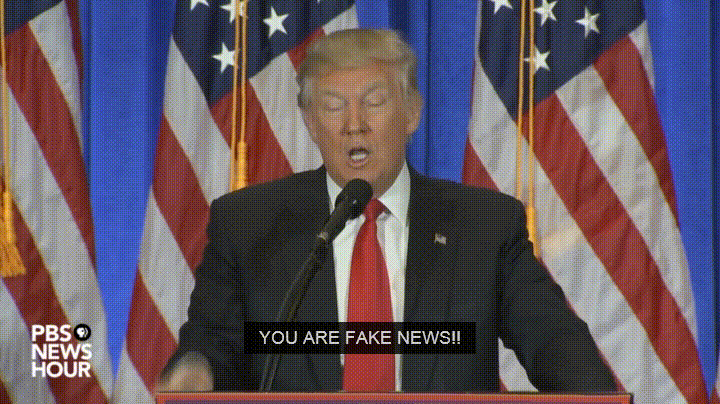Even the best works of science-related cinema ask that you suspend your disbelief from time to time, with entertainment often delivered at the expense of accuracy. While these sci-fi slip-ups often represent lazy, plot-propelling ex machinas rather than honest mistakes, genuine faux-pas are typically the result of carelessness or pervading popular misconceptions.
The use of scientific license in cinema is generally begrudged so long as inaccuracies aren't too in-your-face, and many of the most critically acclaimed films in history are secret sinners.

A more appropriate advertising poster for the repeat-offending blockbuster Gravity.
A Tangent: Some Great Films (And Not So Great Science)
Uma Thurman's sternum adrenaline injection in Pulp Fiction does not represent the appropriate response to a heroin overdose (and lent credence to a dangerous first-aid misconception).
The sound of the Empire's TIE fighter lasers would not be able to propagate in medium-free deep space.
Conservation of momentum dictates that shotgun fodder does not soar ten feet backwards (Terminator, I'm looking at you), and 'zoom-and-enhance' is not a magic fix-all for pixelated images (à la the Bourne trilogy - and just about every action movie ever).

Some films, however, just can't get a pass. This includes egregious offerings which don't sufficiently compensate in entertainment value (i.e. 99% of disaster movies), and those flagrantly relying on bogus science for pivotal devices or which betray their duty having marketed themselves on attention to scientific detail.
The Scientific Misdemeanours Of Gravity
From the get-go, Gravity requires viewers bear with tenuous plot progressions, though for the most part Sandra Bullock and George Clooney do an excellent job papering the cracks.
Yet, long before the screenwriter drives the final nail into Gravity's coffin of scientific credibility, the film has exhausted most scientifically-literate viewers' patience. Goodwill earned from accurate space-debris orbit periods, from cascading Kessler syndrome, and from true-to-life schematics of real-world spacecraft goes up in flames by the hour mark, at the hands of Wall-E-inspired antics and the space-elephant in the room: the ISS and Hubble orbit at significantly different heights.
An Offence To Physics
Clooney's fate lies in the balance as the two protagonists, both connected to the ISS, realise - for some unknown reason - that the tether can only 'support' one, and Clooney must detach his harness.

At first glance, the error might not be so obvious.
After all, a tether can only support so many astronauts. Right?
Granted, in a gravitational field there exists a maximum load limit above which weight - and proportional strain - is too great for a given material.
Here, however, our heroes are weightless and in the same inertial frame as each other and the ISS.
In simpler terms, the system's objects are at rest relative to one another; Clooney and Bullock have near equivalent angular momentum in their orbits about the Earth.
Isaac Newton's first law of motion explains that an object at rest remains at rest unless acted upon by a net force.
Considering our protagonists at approximate relative rest, and the spacestation is travelling at a constant speed, the tether is not providing a net force on Clooney.
Not only would a light tug on the rope bring the two together, but detaching from the tether should have no effect at all on Clooney's position relative to Bullock and the ISS. A long-distance drift into space away from Bullock and the ISS, while emotionally compelling, contradicts the fundamentals of physics.
For a movie grounded in scientific reality - and literally titled Gravity - this ill-conceived plot point was a moment of glaring ignorance.

Doing Away With Misconception
Director Alfonso Cuarón has since admitted that the scene was shoehorned into the film for plot purposes and that he was aware of its dubious physics.
If anything, this makes the scene more frustrating!
Though a degree of license is needed to create impactful moments, the scientist can still dream of cinema which doesn't trade plausibility for storyline - if only for the immense skill it would take to pull off.
A message for Hollywood:
Stop encouraging scientific misconception. Bring back 'knowledge is power'; ignorance isn't bliss when it's voluntary.

If you enjoyed this article and want more, follow the everyday science blog for your daily dose of science.
References:
www.spaceanswers.com
www.sparknotes.com
www.science.time.com
www.wikipedia.org
University Physics with Modern Physics by Young and Freedman
